High in the remote mountains of northern Afghanistan, where wind cuts through ridges of pale rock and snow-dusted peaks guard the horizon, lies a treasure older than recorded history. For over 6,000 years, miners have climbed into the valleys of Sar-e-Sang, a name that means “Place of Stone,” to extract one of the world’s most coveted materials — the deep, celestial blue known as lapis lazuli.
This brilliant gemstone, flecked with gold-like veins of pyrite, has enchanted civilizations from Egypt to Mesopotamia, from the Indus Valley to Renaissance Europe. Once more valuable than gold, lapis lazuli was more than a symbol of wealth — it was a link between the earth and the divine, the material embodiment of heaven itself.
The Ancient Mines of Sar-e-Sang
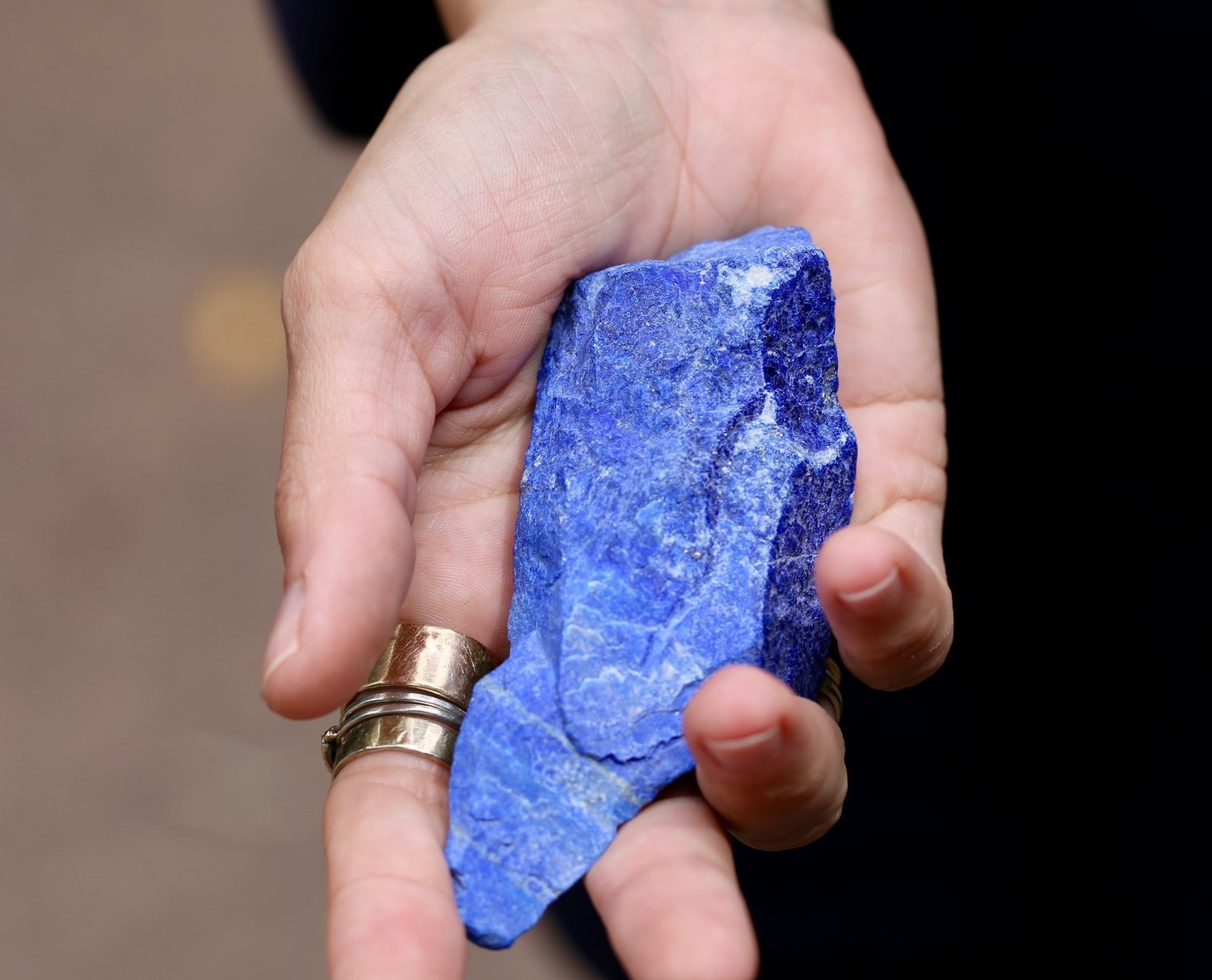
The Sar-e-Sang mines, located in Afghanistan’s Badakhshan province, are among the oldest continuously operated mines on Earth. Archaeological evidence suggests they were already active around 4000 BCE, long before the rise of the Egyptian pyramids. Carved into sheer cliffs, the mines stretch through rugged terrain that remains nearly as inaccessible today as it was thousands of years ago.
Working at altitudes exceeding 2,500 meters, ancient miners extracted lapis using stone hammers, fire, and water to fracture the rock. The process was perilous but immensely rewarding — the stone they unearthed glowed with a color unlike anything else in nature: an intense ultramarine blue, vibrant and enduring even after millennia.
Caravans carried these luminous stones south across deserts and mountain passes, beginning one of the oldest trade networks in human history. Through these routes, Afghanistan’s lapis reached the royal courts and temples of the ancient world.
A Stone for Gods and Kings

In ancient Egypt, lapis lazuli became a sacred symbol of power and eternity. Archaeologists have found the stone in the jewelry of pharaohs, embedded in the golden mask of Tutankhamun, and carved into the amulets buried with nobles to ensure their protection in the afterlife. Egyptians believed the stone embodied the night sky — its golden flecks like stars shimmering against infinity.
Beyond its beauty, lapis carried spiritual weight. The Egyptians ground it into fine powder to create pigments and cosmetics; Cleopatra was said to have used crushed lapis as eyeshadow. In hieroglyphic texts, the color blue symbolized life, rebirth, and divine truth — all captured in the shimmer of this mountain-born gem.
Farther west, in Mesopotamia, artisans of Sumer and Akkad crafted cylinder seals, figurines, and mosaics from lapis, using it to decorate temples dedicated to Inanna and Ishtar, goddesses of love and war. Lapis fragments discovered in the Royal Tombs of Ur, dating back to 2500 BCE, show how deeply it was revered. Even the Epic of Gilgamesh, one of humanity’s oldest literary works, mentions the stone as a treasure of the gods.
Across Deserts and Empires
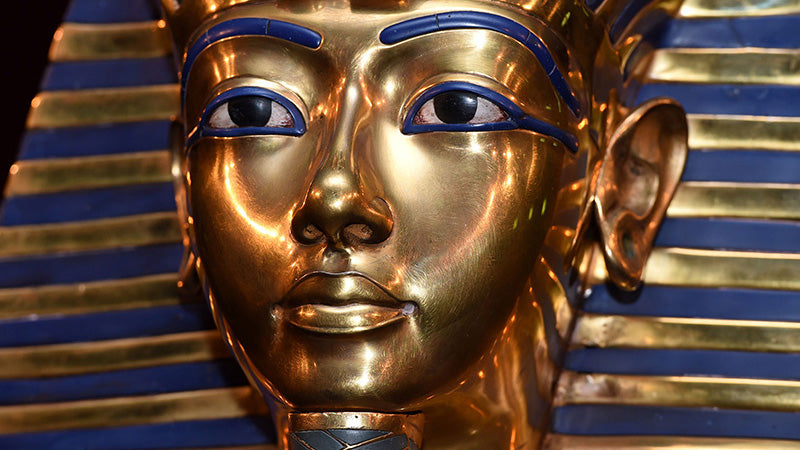
As centuries passed, lapis lazuli traveled far beyond the Near East. It reached the Indus Valley, where ancient artisans of Harappa and Mohenjo-Daro traded for it in exchange for beads and ivory. Later, it crossed the Persian Empire, moving along early Silk Road routes to the Mediterranean and beyond.
By the time of the Roman Empire, lapis had become a gem of choice among the elite. Roman naturalist Pliny the Elder described it as “a fragment of the starry firmament,” admiring its rare hue and celestial character. But the journey of lapis was far from over. In the Middle Ages and Renaissance, the stone’s destiny shifted from jewelry to art — transforming into something even more valuable than jewels: color itself.
From Stone to Sky: The Birth of Ultramarine
In the workshops of medieval painters, lapis lazuli was painstakingly ground into a fine powder and mixed with oils and resins to produce ultramarine, meaning “beyond the sea.” The pigment was so rare and costly that it was often worth more than its weight in gold.
Ultramarine became synonymous with the divine. It adorned the robes of the Virgin Mary in Renaissance art, symbolizing purity and heaven’s grace. Artists like Leonardo da Vinci, Michelangelo, and Vermeer used it sparingly, reserving it for sacred subjects or royal commissions. The pigment’s radiant blue could not be replicated by any other mineral, and its brilliance has not faded even after centuries.
In illuminated manuscripts, the sky itself was often painted with ultramarine — not merely as decoration, but as a statement of faith and devotion. To use lapis lazuli was to capture eternity on canvas, transforming the earth’s hidden treasure into the color of divinity.
A Legacy That Endures
Even as synthetic pigments emerged in the 19th century, the legend of lapis lazuli continued. Its enduring beauty and symbolic depth ensured its place in modern art and design. Today, it remains a gemstone of luxury and spirituality, used in jewelry, sculpture, and even contemporary painting.
In Afghanistan, however, the story of lapis is more complex. The same mountains that produced the world’s most treasured blue now stand at the crossroads of history and hardship. Mining continues in parts of Badakhshan, often under challenging and dangerous conditions. International conservationists and heritage groups have called for renewed efforts to protect the Sar-e-Sang mines, recognizing them not only as a source of beauty but as a vital link to the shared heritage of humanity.
Despite the passage of time, the stone’s aura endures. Every shard of lapis carries echoes of the ancient world — of miners chiseling under torchlight, of caravans crossing the desert, of artists grinding powder for sacred art. To hold a piece of lapis is to hold a fragment of human history itself, shaped by both earth and imagination.
The Color of Eternity
Few materials have woven themselves so deeply into civilization’s story. Gold may symbolize wealth, but lapis lazuli represents meaning — the yearning to understand the world and our place within it. From the peaks of Badakhshan to the tombs of Egypt and the cathedrals of Europe, it has remained a constant reminder that beauty and belief are inseparable.
Even today, when scientists can recreate ultramarine in laboratories, the original lapis retains an almost mystical allure. Its color still evokes awe — the blue of endless sky, of deep water, of creation itself.
And so, the mines of Sar-e-Sang remain as they were 6,000 years ago: remote, windswept, and sacred. Deep within those ancient mountains lies the same vibrant stone that once dazzled kings, inspired painters, and captured the imagination of civilizations long vanished. It is the color of eternity, hidden in the heart of the earth — a reminder that some treasures transcend time.
Sources:
-
National Geographic – The Mines of Sar-e-Sang: Afghanistan’s Blue Treasure
-
Smithsonian Magazine – Ultramarine: The Color That Changed Art
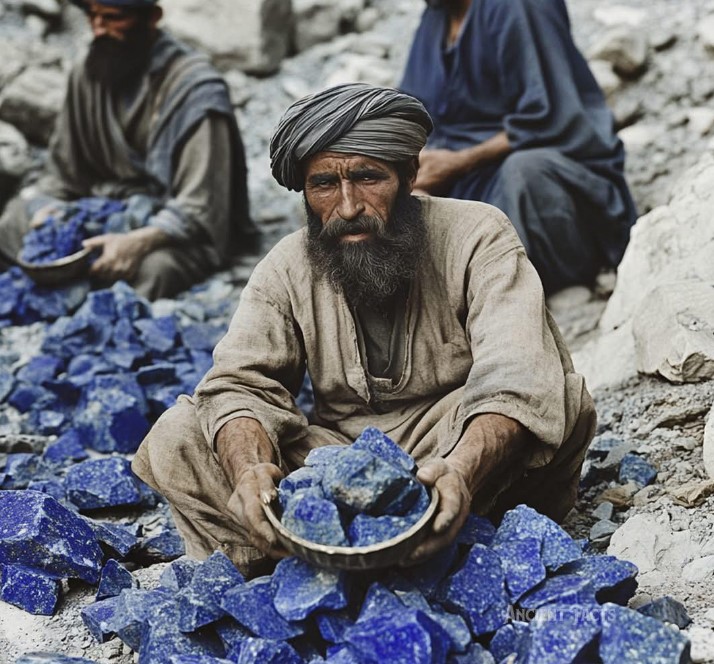


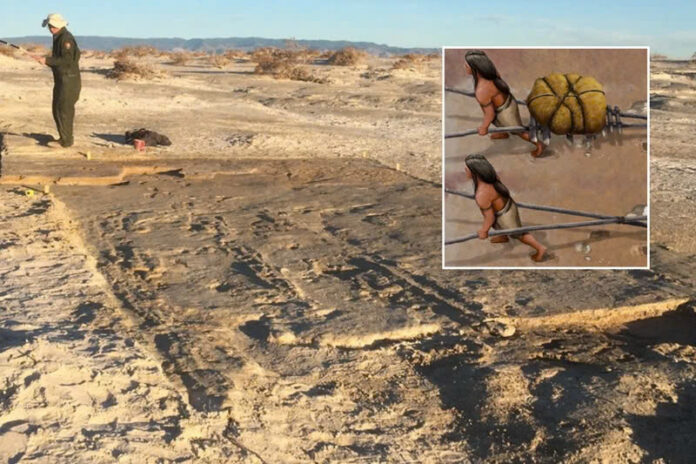


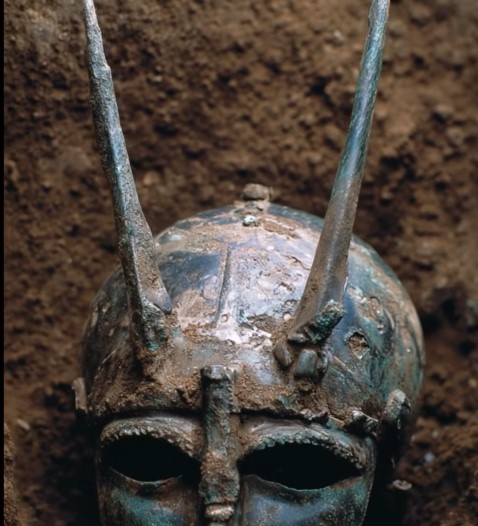

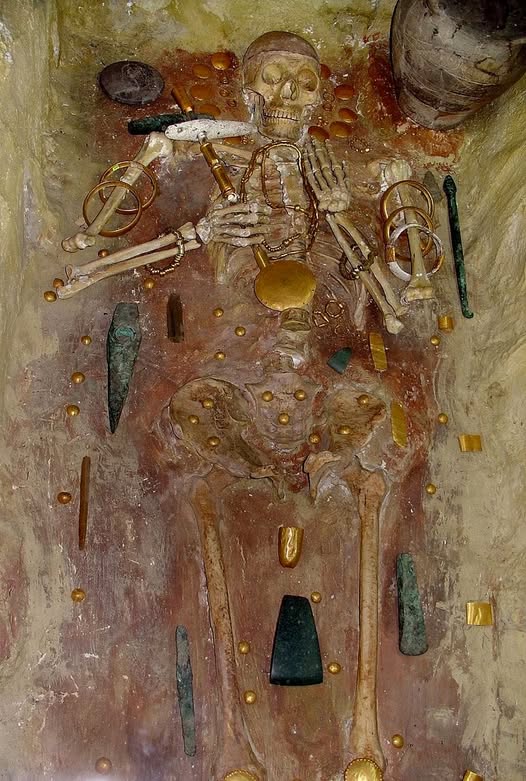



Leave a Reply